Introduction
What are the current trends in your industry? Finding them can help you identify new places and audiences to engage.
Or, maybe they’ll excite content for your next marketing struggle.
Even better—maybe they’ll let you know about the development of a new product or service.
Sentiment –
Emotions are a good place to start.
How are people talking about your brand? How does it compare to how they’re talking about your competitors? If things are mainly positive, that’s great.
Many small business owners don’t have the bandwidth to control social media accounts – let alone the budget to hire committed team members or a social media organizer.
But that doesn’t make social media government any less important.
People expect to be able to join with businesses on social platforms: Facebook, Instagram, LinkedIn, etc.
Without an active presence, your company can be forgotten, customers lost to the competition—or worse, overlooked.
In addition, you may lose new customers. Over 40% of digital shoppers use social media to research new brands and products.
How to manage social media for business
1. Understand your brand :
A brand is your company’s identity, including your mission, core values, logo, name and customer experience.

Understanding what your company stands for and how the public perceives your company is key to successfully managing social media.
2. Set aims | Social Media For Business :
Setting aims helps guide how you’re managing social media accounts and provides a metric for success.
Aims can help you stick to your budget and keep you accountable. Use the SMART method to set better aims:

- Specific – Define your aims
- Measurable – Use grades to track your aim.
- Achievable – Make sure you have the resources to reach your aim.
- Realistic – Set an aim that is achievable for you and the company.
- Time-sensitive – Give the aim a time frame in which it needs to be achieved.
3. Create accounts on multiple platforms | Social Media For Business :
Having accounts on multiple platforms increases your reach.
Instagram, Facebook, Pinterest, LinkedIn and YouTube are the most popular for businesses.
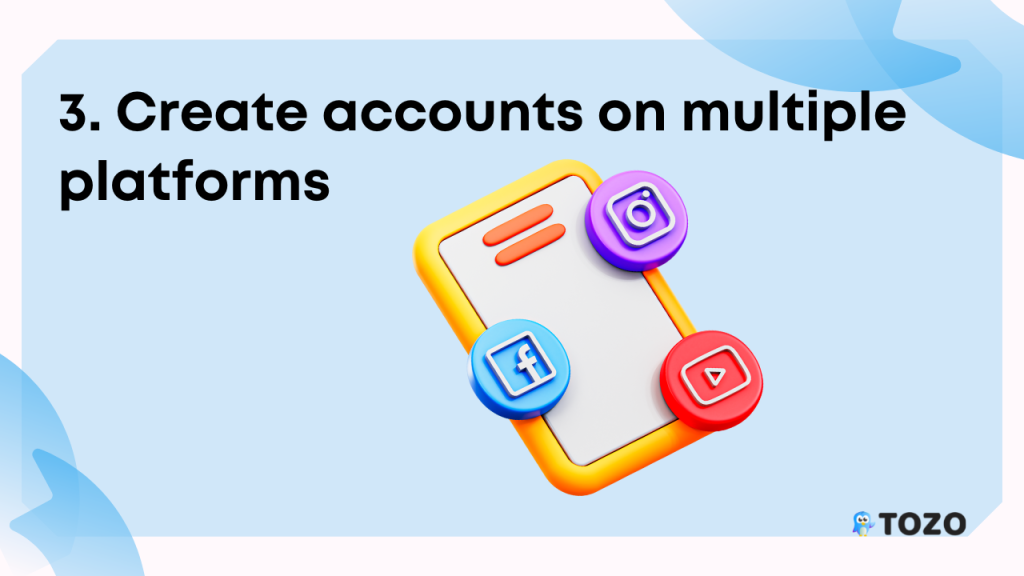
Posting content on these platforms can diversify the type of content you share and ensure you connect with current and potential customers.
4. Create quality content :
Your target audience is more likely to engage with relevant, creative content that informs and entertains.
Also consider creating content specifically designed for each platform, for example: a video may perform best on YouTube and Facebook, while images are best suited for Instagram.
One way to ensure quality content is to hold members accountable for every aspect of content creation.

Here are roles to consider assigning:
- Content manager – Develops strategies for creating and publishing content.
- Content Creator – Creates video, text, infographics and other media for the company.
- Content Editor – Checks content for accuracy, design and quality.
5. Analyse social media metrics :
Analyzing social media metrics is an important step in determining how successful your social media use is. Metrics to consider are:
- Engagement – The number of interactions your content receives from social media users.
- Impressions – How often social media users can view your content on their timeline, feed or page.
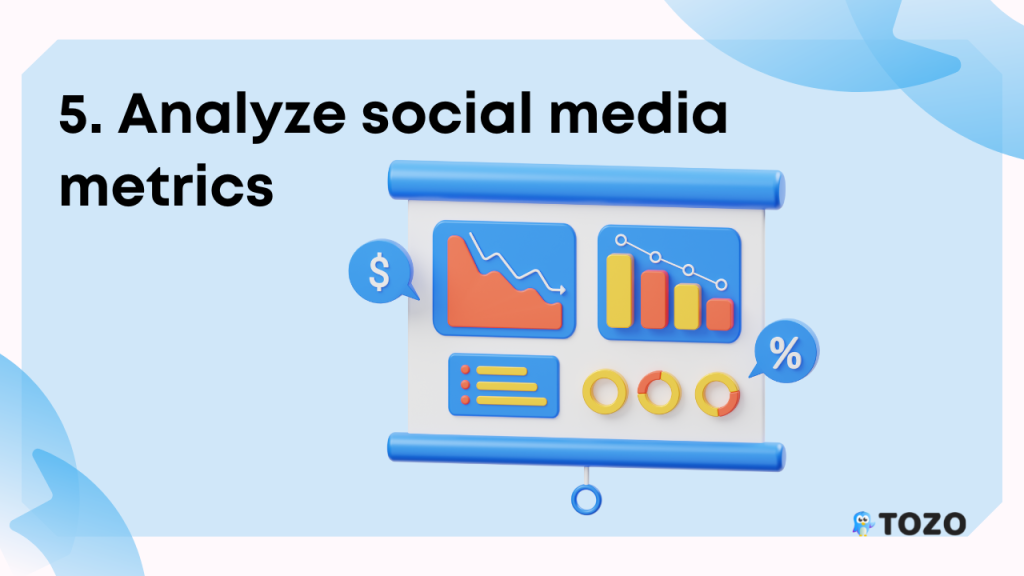
- Conversions – How many times a person made a take after clicking on your content.
- Response Rate – The time taken by the social media team to respond to messages from social media users.
Conduct social media in 18 minutes a day
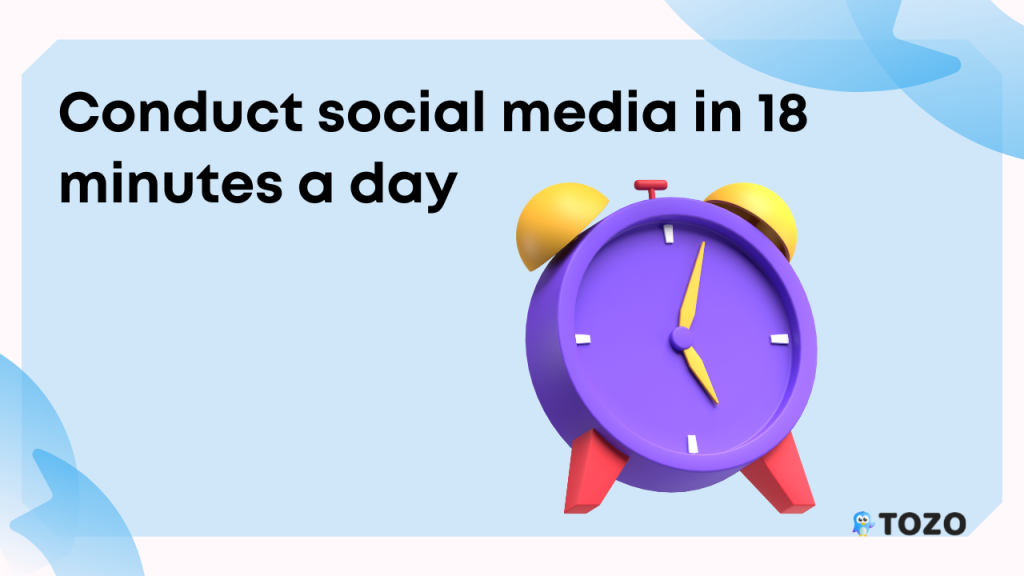
5 Minutes: Social listening
Start with five minutes dedicated to social listening.
What does that mean, exactly? Simply put, it comes down to monitoring the conversations people are having on social media about your business location.
Social listening can include tracking keywords, hashtags, mentions and messages for your brand and competitors.
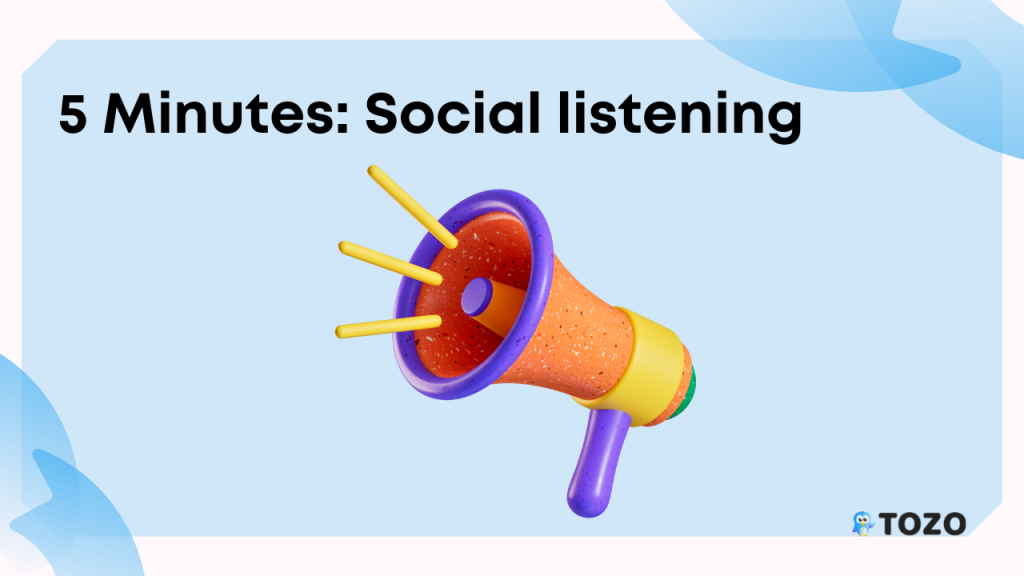
There are tools that make tracking a lot simpler.
In Hootsuite, you can set up Streams to record all your social channels from one dashboard.
This makes it easier for you to engage with followers, customers and prospects’ mentions later.
Here are some things you should check and note every day:
- Mention your brand
- Mention your product or service
- Specific hashtags and/or keywords
- Competitors and partners
- Industry news and trends
If your business has a physical location or storefront, use geosearch to filter local conversations.
This will help you focus on customers who are close to you, and the local topics they care about.
5 Minutes : Analyse your brand mentions
Take another five minutes to analyze your results.
Doing so will help you fine-tune your social listening process and marketing attempt.

Here are some aspects:
Trends –
If negative, start thinking of ways you can steer the conversation in a more positive direction.
Feedback –
Do your customers have specific opinions about your business? Look for recurring trends and insights you can act on.
For example, if you run a restaurant and countless people detect the music too loud, turn it down.
If you offer a product, such as gym bands, and customers express interest in more color options, you’ve just discovered a new sales opportunity.
Purchase intent –
Social media listening doesn’t just involve tracking the conversations of existing users.
It can also help you detect customers.
Track phrases or titles that potential customers might use when they’re in the market for what you have to offer.
For example, if your company is a travel provider, in January you might want to track keywords like “winter blues” and “vacations.”
Updates –
Have you noticed a new keyword emerging? Or maybe you’ve noticed a common typo when people bring up your brand.
Perhaps a new competitor has entered the playing field.
Keep an eye out for belongings you should add to your social media listening following list.
2 Minutes : Check your content calendar
Check your content calendar to see what you have planned to post for the day.
Double check that visuals, images, and copy are all good to go.
Always make sure to proofread one last time to catch those last minute typos.
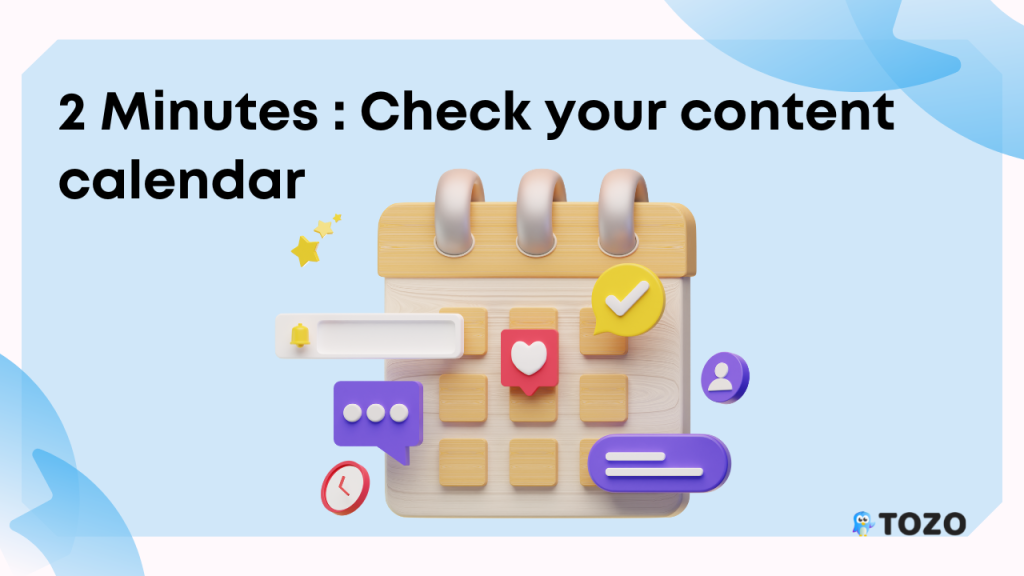
You already have a social media marketing master plan and content calendar in position.
If you don’t, plan to spend about an hour each month brainstorming and generating ideas, and filling your calendar.
Whether you outsource content creation, take advantage of free tools, or do it all yourself, a solid social marketing strategy makes social media management much easier.
1 Minutes : Schedule your posts
With the right tools, it should only take you a minute to schedule your social media posts.
All you have to do is add your content, choose the time you want to publish it, and create a schedule.
These tools are especially helpful if you want to post content when you’re on vacation or simply unavailable.

With a social media management platform like Hootsuite, you can even schedule several posts in advance, so you only have to do it once a week (freeing up more time to do the next thing on the list: Engage).
In general, Hootsuite research shows that the best time to post on social media is between 9am and 12pm EST.
But it may vary by platform. And, of course, providing on where your target audience is established.
5 Minutes : Engage with your audience
Before logging off, take time to engage with customers.
Answer questions, like comments, and share posts.
The more active you are, the further likely people are to catch up with you.
The more positive the experience, the more likely people will buy from you and recommend your business.

In fact, more than 70% of consumers who have a positive experience with a brand on social media are more likely to refer that brand to friends and family.
To save time, you can design templates for everyday responses.
These are especially useful when you find yourself sharing the same specific details over and over again, such as opening hours or return policies.
But don’t overuse boilerplate answers. People admire authenticity and want to feel like a real person is catching up with them.
Even something as simple as leaving a customer service agent’s initials in responses increases customer goodwill.



